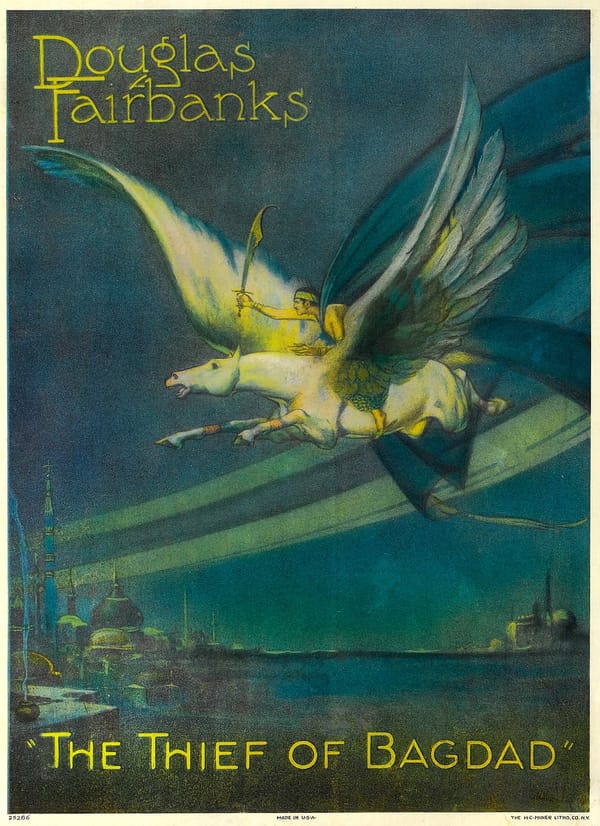Quantum Wandering Monsters

Some referees have wandering monsters come from other areas of the dungeon. When the monsters show up, the referee crosses their numbers off from some other section of the dungeon. Another way to do it is have a "patrol list," a pool of wandering monsters to draw from, and when they're done, they're done. No more wandering monsters, or maybe just some oozes and such.
I don't play that way. My wandering monsters are "quantum." Meaning, if they don't show up, they don't exist. If they do show up, they don't get pulled from anywhere else. They just get added to the scenario then and there. And that's quite rough, when wandering monsters often have no meaningful treasure in D&D and AD&D. EPT wandering monsters have more treasure on average, but it's still not the safest or most effective way to get treasure.
If you pull wandering monsters from other rooms, you could significantly reduce the challenge of the scenario by removing monsters from their entrenched positions, with their friends and better defenses.
This isn't realistic, but adventure gaming isn't about realism. It's the referee's job to apply pressure, and the players' job to move effectively. With quantum wandering monsters, you have an automatic balancing machine that applies pressure with time, and you don't have to worry about logistics. The wandering monster rule should be a tool to disrupt and challenge players, not a tool to disrupt existing challenges.
There are exceptions to this rule. Sometimes I key a "wandering monster only" monster in a dungeon, and when this unique monster has been eliminated, that entry is replaced with a different wandering monster entry. But any time that wandering monster die hits, you can bet there's going to be some kind of challenge.
Additionally, the referee must take care when dispensing quantum wandering monsters in enclosed areas. For immersion to be maintained, the monster's arrival must be explainable. There has to be some hole for them to get in. (Now, whether they need food and other amenities is up to your setting and the monster.) Players will be able to occasionally forgive the inexplicable 20 orcs from that hallway they cleared earlier, but you don't want to do that on purpose. Another great reason to build your dungeons with multiple entrances and exits! (In megadungeons or the underworlds of Tékumel, this is less of a problem.)
It must be noted that the method described in this article is not the "quantum ogre," where the referee moves an encounter so the party will have it no matter which way they turn. That is gross key manipulation, and bad play. The wandering monster is a different matter; it's an abstract game mechanic to apply pressure and produce interesting gameplay.




